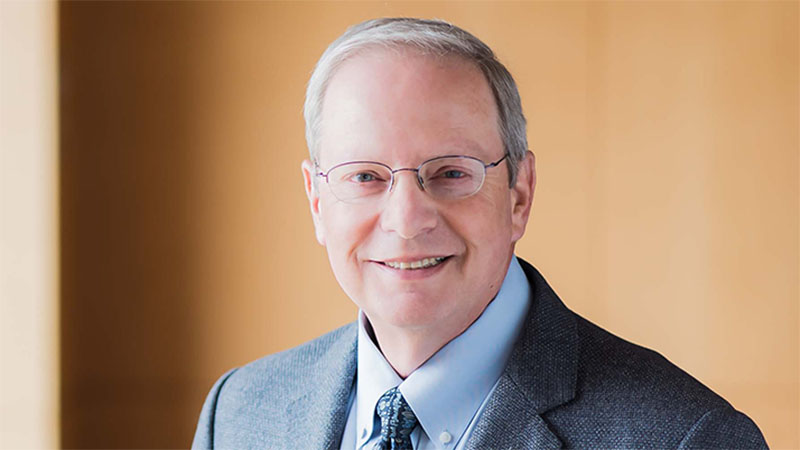by: Robert Killeen MD
Task Force Medicine; 3 Issues of Palliative Care
In naval terms a “task force” is a group of ships assigned or “tasked” to perform a certain duty. The composition of the force may vary according to its needs. Carriers, battleships and submarines, for example, perform their respective roles in the group as air power, gun platforms or submersible operations. Much along the same way our primary care attending will gather together a force, a cadre of consultants in a case to assist with care. Their duty is to the patient but their directives are from the PCP. I remember this quip from my training concerning (medical) consultations.
“For what two reasons do you obtain a consult?
1) To have someone do a procedure.
2) To have someone hold your hand and tell you everything’s OK.”
So, for what reason does a PCP obtain a palliative care consult? We don’t perform procedures. What operations can a palliative care consultant be ‘tasked’? I’ve found, over time, three main operations, three issues of palliative care.
1) Quality of Life (QOL); we work to ameliorate the signs and symptoms of a disease; our basic goal is to improve QOL. I sympathize with the palliative care doctors who find themselves improperly consulted for CHRONIC pain issues or even ‘detox’. Failure to respond positively to these consults could mark the beginning of the end of a palliative care service. In the present era PCPs fear pain medication due to both monitoring from government agencies for overuse and legal machinations for its underuse in ‘pain and suffering’(1). Our palliative services sometimes become the “catch-all” for chronic or refractory non-surgical pain management. Keimowitz states that although palliative care teachings have increased in recent medical school curricula there is still a “hidden curriculum conflict”. Palliative care is still looked on by some professors with disdain, as though it represents medical failure. How do we teach our colleagues better about us when we can’t even instruct our young?
2) Medical Intervention; those of us who are ‘grandfathered’ (like myself) have skills from our previous lives that could be useful to the PCP and the patient care team. I try not to supplant these other doctors but, rather, augment their care. Frequently the palliative care service will be brought on board while the patient is still under the care of an oncologist. Most non-oncologic physicians have a rudimentary knowledge of chemotherapy protocols and their toxicities. Henkel’s articlemaintains that palliative care doctors should involve themselves more in tumor boards, oncology conferences and other related meetings in order to better appreciate this point of view (2). Aren’t our fellowships lacking in this regard? Understand what the oncologist needs and not simply what you as the HPM consultant are taught to give. Be diplomatic, help without hurting feelings. Other specialties such as hematology, geriatrics or pediatrics may be involved but your greatest risk of professional collision will be with the oncologists. Sometimes the PCP withdraws from the case and the HPM doctor finds themselves in charge of everyone. We must be adept at everything.
3) Emotional Intervention; we frequently find ourselves working more closely with the patient and their family than most of the other doctors involved. I’ve often said to our staff that the hospice and palliative care doctor/service should be so close to the patient and their loved ones so as to be able to “reach out and grab them by the soul”. This closeness shouldn’t usurp the PCP’s authority but allow us to handle problems (ie DNR, high-dose pain regimen & EOL) that the primary care attending may wish to avoid. Some palliative care doctors worry that this ‘deskills’ the PCP (3). I’d prefer to think of it more as complementing their primary care. Two physicians, working together, have the propensity of serving patient and family better than either alone.
In the end we do work, at the tactical level, to help ease the transition towards hospice. Palliative care doesn’t equal hospice. They are adjoined; they cannot be separate. They are both equally important. To distinguish them I use the analogy that “palliative medicine covers the retreat while hospice renders the surrender with as little anguish as possible”. Hospice is ‘end-of-life’ care, not solely palliative. Byock notes that this ‘transitory’ period of palliative care, prior to EOL, is where the patient brings peace and closure to their “inner life” through the completion of personal affairs and their relationships (4). While hospice utilizes palliative treatment, palliative care covers only this transition to hospice. Unfortunately our colleagues, like the general public, often can’t tell this difference.
Robert Killeen MD
References;
1) Keimowitz R. Controversies in palliative care: recognizing the specialty, pain control and palliative sedation. HemOnc today. 5/10/10.
www.hemonctoday.com/article.aspx?rid=63980
2) Henkel G. Palliative consult. The Hospitalist. May 2006.
www.the-hospitalist.org/details/article/…/Palliative_Consult.html
3) Arnold R. The downside of the growth of palliative care. GeriPal – Geriatrics and Palliative Care Blog. 12/6/09.
www.geripal.org/…/downside-of-growth-of-palliative-care.html
4) Byock IR. Hospice and palliative care: A parting of the ways or a path to the future?
J Palliat Med. 1998;1(2):165-176. [available also through DyingWell.org].




